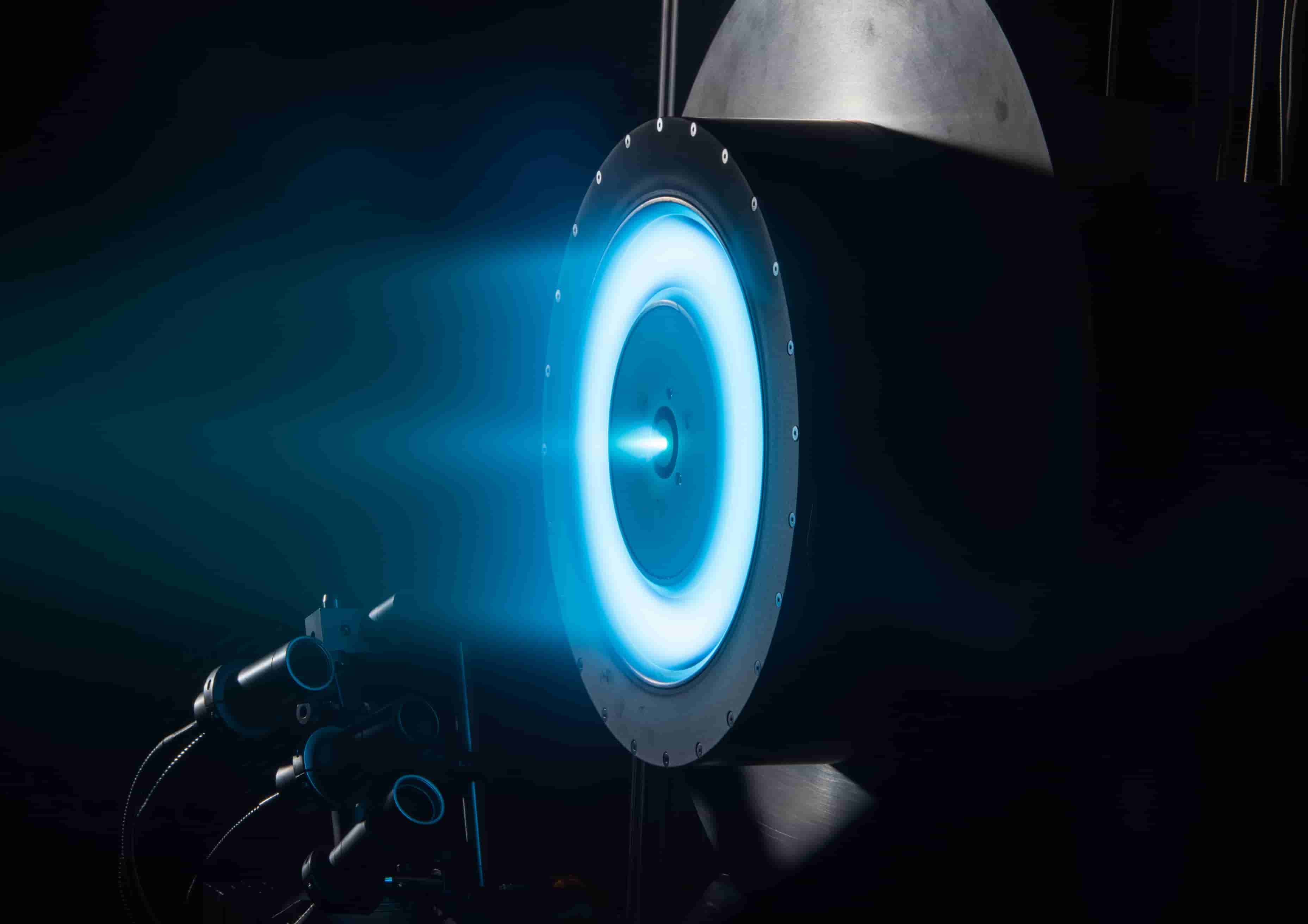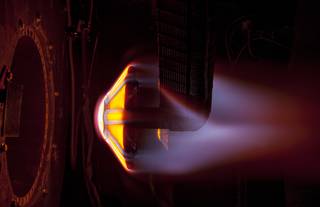SYSTEMS
NASA launches new space tech research institutes to advance electric propulsion, entry systems
Technology drives exploration, and as NASA eyes deep-space human exploration, technology is at the forefront of its plans. Preparing for these missions requires technology development within the agency and research by external experts in various fields.
As part of this effort, NASA will establish two new university-led Space Technology Research Institutes (STRIs), which will join four already active institutes. The new STRIs will bring together researchers from different disciplines and organizations to tackle challenges associated with electric propulsion ground testing and atmospheric entry systems modeling. The new STRIs aim to advance these game-changing technologies for exploring the Moon, Mars, and beyond.
“We started the STRI opportunity as a novel approach to technology research and development,” said Jim Reuter, associate administrator for NASA’s Space Technology Mission Directorate (STMD). “The selected institutes bring together premier researchers from their respective fields to focus on challenges facing future missions. The advancements these new STRI’s make will help NASA to venture farther into space.”
Each STRI will receive as much as $15 million over five years. The selected institutes are:
Joint Advanced Propulsion Institute (JANUS)
NASA is exploring high-power electric propulsion systems for human exploration of the solar system. The JANUS institute will develop strategies and specific methodologies to surmount limitations in ground testing of high-power electric propulsion systems and to improve characterization of the wear and performance of these devices representative of in-space operation. 
Establishing a sufficient space-like environment is crucial for evaluating and predicting high-power propulsion system behavior and ensuring mission success. JANUS will utilize physics-based modeling, high-power thruster testing, novel diagnostic development, and fundamental experiments to advance mitigation strategies to overcome the limits of current ground testing capabilities.
Mitchell Walker of the Georgia Institute of Technology in Atlanta is the principal investigator and will lead the JANUS team. Partnering universities include the University of Michigan in Ann Arbor; University of California, Los Angeles; the University of Illinois at Urbana-Champaign; Colorado State University in Fort Collins; Pennsylvania State University in State College; Stanford University in Stanford, California; University of Colorado Boulder; Western Michigan University in Kalamazoo; Clark Atlanta University in Atlanta; and Chicago State University and City Colleges of Chicago, both in Chicago. Other partners include The Aerospace Corporation, Aerojet Rocketdyne, and Busek.
Advanced Computational Center for Entry System Simulation (ACCESS)
Entry, descent, and landing technologies must continue to improve to meet the challenges of placing large payloads on other worlds, such as Mars. Accurate modeling and simulation of atmospheric entry systems are critical for the design and planning of these missions. 
The ACCESS institute will advance the analysis and design of NASA entry systems by developing a fully integrated, interdisciplinary simulation capability. ACCESS will focus on thermal protection systems, which protect spacecraft from aerodynamic heating, as well as prediction of the extreme environments experienced during entry. It will develop game-changing capabilities through the use of high-fidelity, validated physics models. This advancement will be enabled by innovative numerical algorithms, high-performance computing, and uncertainty quantification methods, with the goal of enabling computational entry system reliability assessments.
Iain Boyd of the University of Colorado Boulder will serve as the principal investigator and lead the ACCESS team. The institute will be implemented in partnership with the University of Illinois at Urbana-Champaign, the University of Minnesota Twin Cities, the University of Kentucky in Lexington, and the University of New Mexico in Albuquerque.
Active STRIs at Work
In 2017, NASA selected the first-ever STRIs. The Center for the Utilization of Biological Engineering in Space, or CUBES, furthers biomanufacturing technologies that are needed to sustain astronauts on another planet. The institute has successfully grown medicine using lettuce and developed optimized lighting techniques for future extra-terrestrial greenhouses. The Institute for Ultra-Strong Composites by Computational Design, or US-COMP, matures transformative carbon nanotube composite materials by using modeling and simulation to support their manufacturing and design. The institute has produced samples with more than twice the tensile strength of existing composite materials.
In 2019, NASA funded two more STRIs focused on technologies to enable “smart” habitats. Habitats Optimized for Missions of Exploration, or HOME, is advancing early-stage technologies related to autonomous systems, human-robot teams, data science, machine learning, onboard manufacturing, and more. The Resilient ExtraTerrestrial Habitats institute, or RETHi, is designing a deep-space habitat concept that can adapt, absorb, and rapidly recover from expected and unexpected disruptions. The habitat would operate and thrive in both crewed and uncrewed configurations.
STMD’s Space Technology Research Grants program hosts and funds each STRI. STMD develops the pioneering technologies and capabilities NASA needs to achieve its current and future missions.
For more information about NASA space tech, visit: http://www.nasa.gov/spacetech
